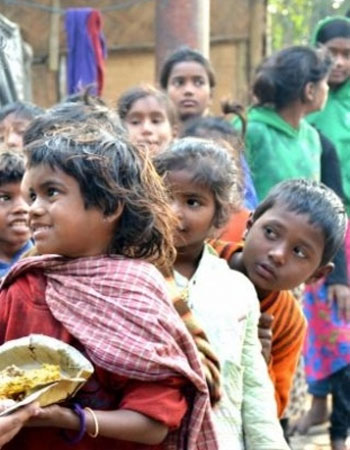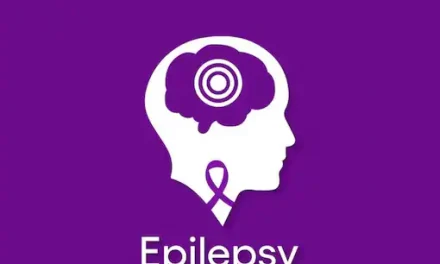New Delhi, June 7, 2024 — India has successfully reduced the inequities in severe child food poverty between poorer and wealthier households by at least 5 percentage points over the past decade, according to a recent UNICEF report released on Thursday.
The report, titled “Child Food Poverty: Nutrition Deprivation in Early Childhood,” reveals that India is among 20 countries responsible for 65 percent of the world’s children living in severe child food poverty between 2018 and 2022. This achievement marks a significant step forward in addressing childhood malnutrition and hunger in the country.
Global and Regional Context
The report highlights that globally, about 181 million children under the age of five, or one in four, are experiencing severe child food poverty. This issue is particularly acute in South Asia and Sub-Saharan Africa, with approximately 64 million affected children in South Asia alone. The countries with the highest levels of severe child food poverty include Afghanistan (49 percent), Bangladesh (20 percent), China (10 percent), and Pakistan (38 percent).
Despite these challenges, India stands out as one of the 11 countries making measurable progress in reducing child food poverty. Alongside India, Armenia has shown improvements in Asia, while countries such as Burkina Faso, Cote d’Ivoire, the Democratic Republic of the Congo, the Dominican Republic, Guinea, Lesotho, Liberia, Senegal, and Sierra Leone have made strides in Africa.
Key Insights from the Report
UNICEF’s Executive Director, Catherine Russell, emphasized the severe consequences of child food poverty, stating, “Children living in severe food poverty are children living on the brink. Right now, that is the reality for millions of young children, and this can have an irreversible negative impact on their survival, growth, and brain development.”
The report defines child food poverty as the inability of children to access and consume a nutritious and diverse diet in early childhood. Severe child food poverty is characterized by children consuming foods from only two or fewer of the eight essential food groups recommended by UNICEF. These food groups include breastmilk, dairy products, eggs, meat, poultry, fish, pulses, nuts, seeds, vitamin A-rich fruits and vegetables, grains, roots, tubers, plantains, and other fruits and vegetables.
Impacts and Recommendations
Children experiencing severe food poverty are 50 percent more likely to suffer from wasting, a life-threatening form of malnutrition. The lack of a nutritious and diverse diet restricts children’s optimal growth and development, with long-term consequences for their health and well-being.
The report identifies several contributing factors to the child food poverty crisis, including food systems that fail to provide nutritious, safe, and accessible options, economic barriers that prevent families from affording nutritious foods, and the inability of parents to adopt and sustain positive child-feeding practices. The socio-economic impacts of the COVID-19 pandemic, growing inequities, conflicts, and the climate crisis have exacerbated these issues, pushing food prices and the cost of living to record high levels.
The Way Forward
To address child food poverty, UNICEF recommends ensuring that children consume foods from at least five of the eight main food groups daily. This approach would significantly improve their nutritional intake and overall health. Moreover, efforts must focus on creating resilient food systems, supporting families economically, and promoting sustainable child-feeding practices.
India’s progress in narrowing child food poverty inequities is a testament to the country’s ongoing efforts to improve child nutrition and health. However, sustained and collaborative efforts are essential to continue this positive trend and ensure that all children have access to a nutritious and diverse diet.
For further information, the full report “Child Food Poverty: Nutrition Deprivation in Early Childhood” is available on the UNICEF website.












